Denmark is planning to tax livestock farmers for the greenhouse gases emitted by their livestock, which include cows, sheep, and pigs. This would be the world’s first carbon tax that plans to target a major source of methane emissions.
Denmark’s latest effort to combat gases that contribute to the global warming crisis will go into effect in 2030 with this plan.
The Tax on Methane Makers
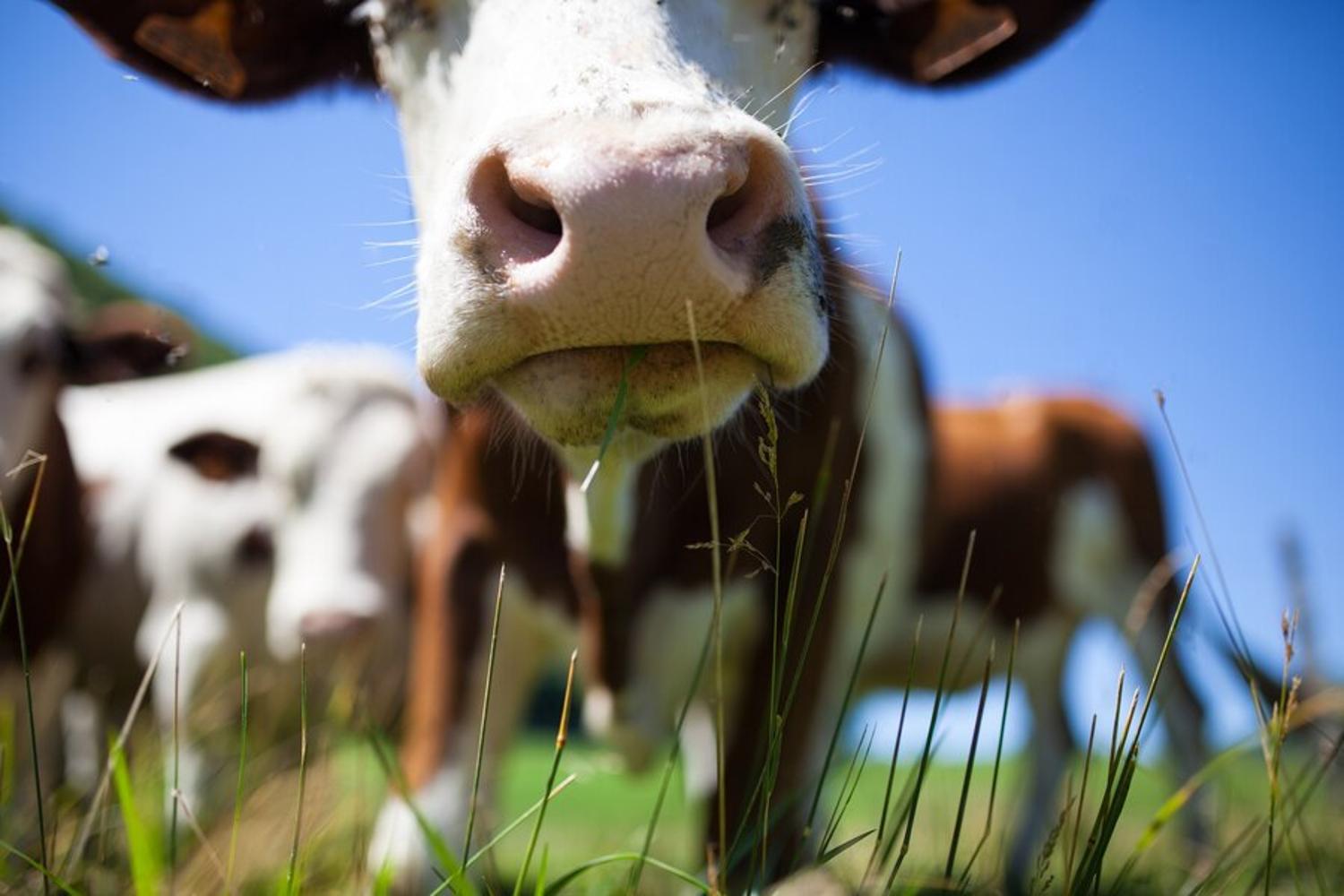
From 2030 onward, Danish authorities will tax livestock farmers 300 kroner ($43) per ton of carbon dioxide. This tax will increase in 2035 to 750 kroner ($108) per ton.
However, the actual cost per ton will start at 120 kroner ($17.3) and increase to 300 kroner ($43) per ton due to an income tax deduction of 60% in the country.
Reducing Greenhouse Gas Emissions

The Danish are attempting to reduce greenhouse gas emissions produced by the country from 1990 to 2030 by 70%, said Taxation Minister Jeppe Bruus to NPR.
While carbon dioxide typically gets more attention for its role in climate change, methane is another notable contributor that affects the Earth’s temperature and climate system. Compared to carbon dioxide, methane is 87 times more harmful as it traps more heat in the atmosphere per molecule.
The Tax of Livestock Farming

Levels of methane, which can be emitted from landfills, oil and natural gas systems, and livestock, have increased since 2020. Livestock accounts for about 32% of human-caused methane emissions, according to the UN Environment Program.
“We will take a big step closer in becoming climate neutral in 2045,” Bruus said, adding Denmark “will be the first country in the world to introduce a real CO2 tax on agriculture” and hoped other countries would follow suit.”
Cows Are Responsible for a Lot of Methane

Unfortunately, cows do make up most of the methane produced by livestock raised by humans. Almost all methane (90%) from livestock comes from digestion, fermentation, and burps through their mouths.
The other 10% of livestock methane comes from manure ponds on both pig and cattle operations.
New Zealand Passed a Similar Law
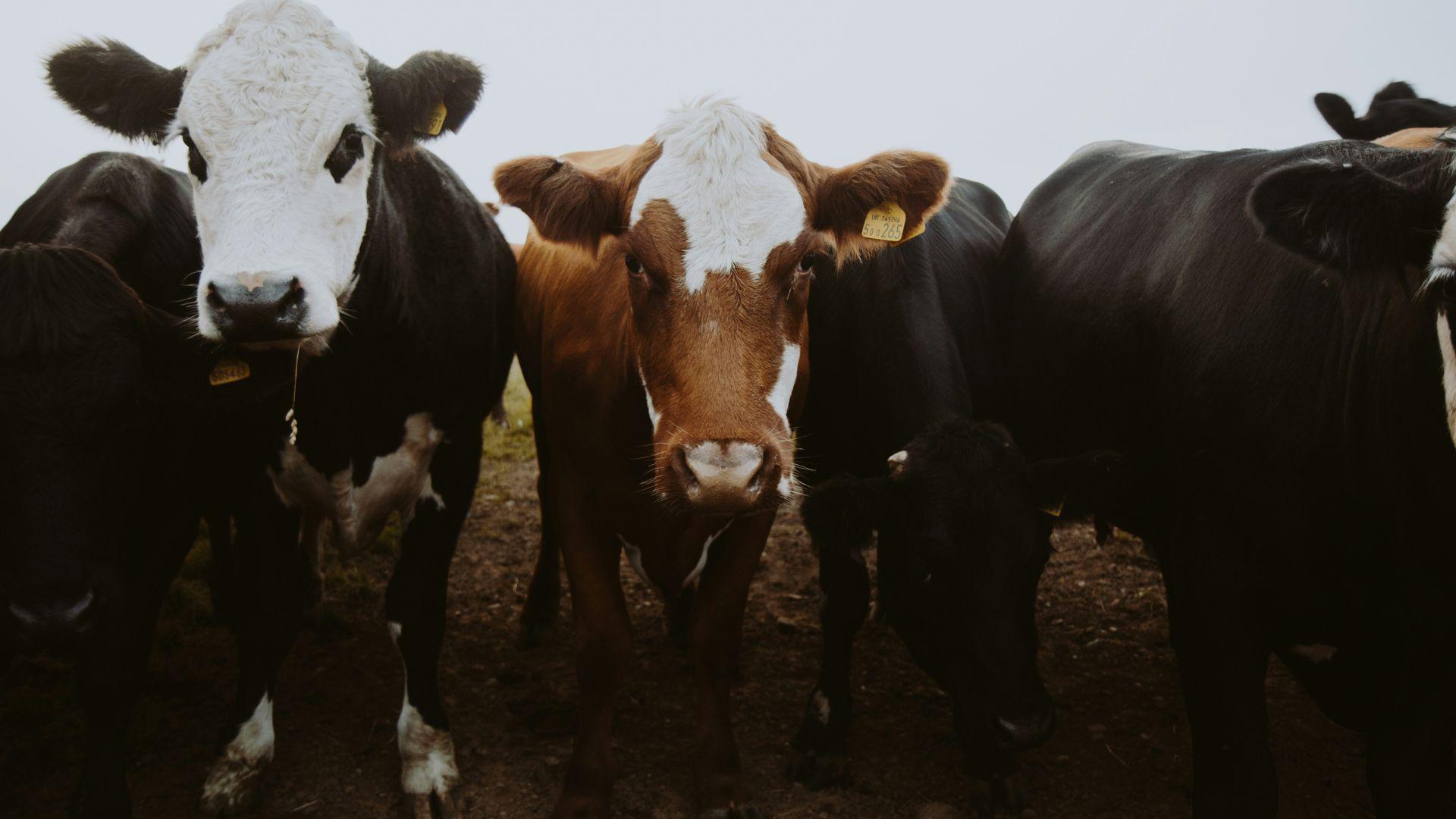
But Denmark wasn’t alone it is an effort to reduce greenhouse gas emissions. New Zealand had passed a similar law which will take effect in 2025.
However, farmers voiced their criticism of the law and a new center-right ruling government removed the legislation from the statute book earlier this year. The country would exclude agriculture from its emissions trading scheme and explore other ways to reduce methane.
A Historic Compromise
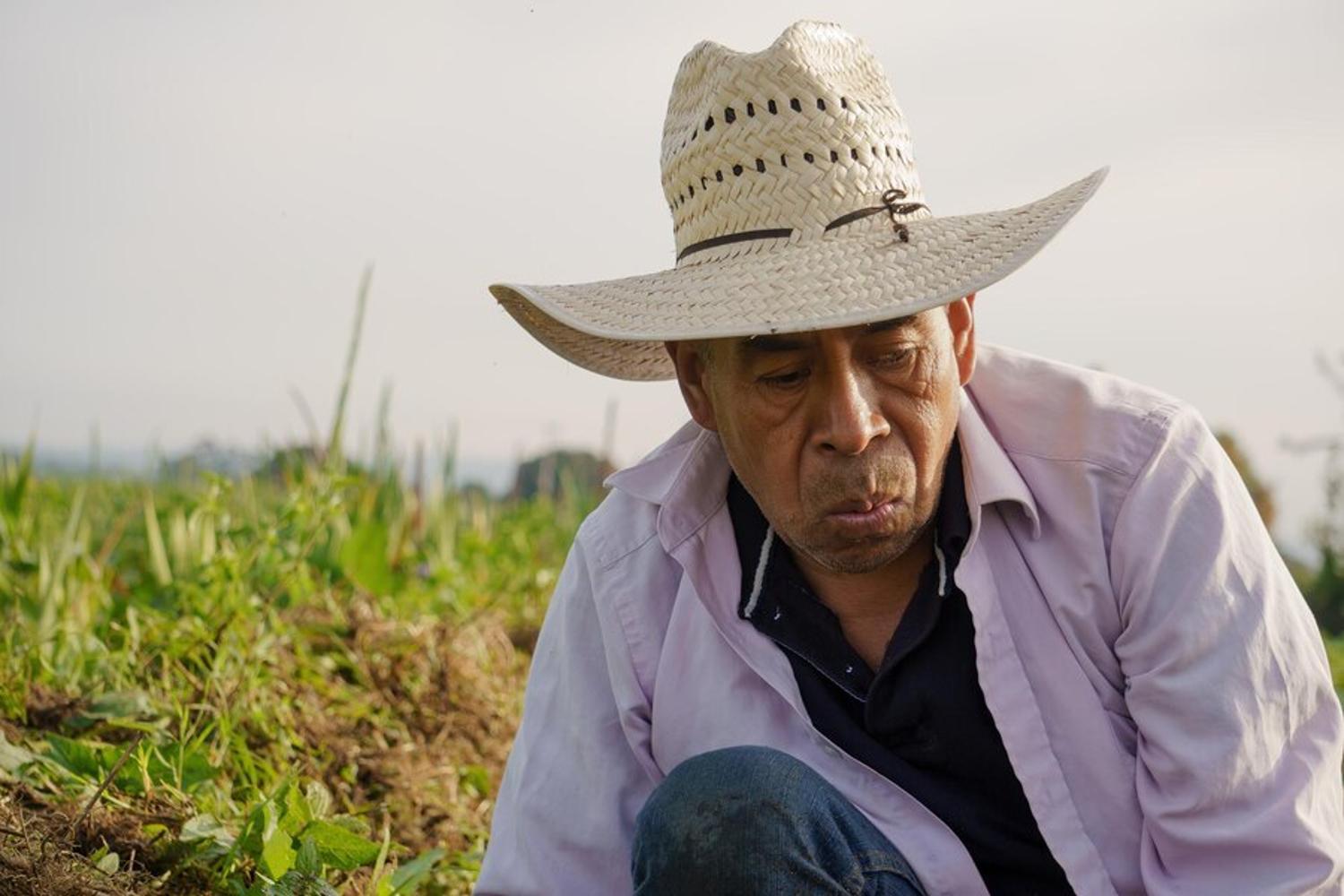
However, the Danish Society for Nature Conservation, the largest nature conservation and environmental organization in Denmark, called the tax agreement a “historic compromise.”
“We have succeeded in landing a compromise on a CO2 tax, which lays the groundwork for a restructured food industry—also on the other side of 2030,” its head Maria Reumert Gjerding said after the talks in which they took part.”
The Bill Will Be Passed Soon
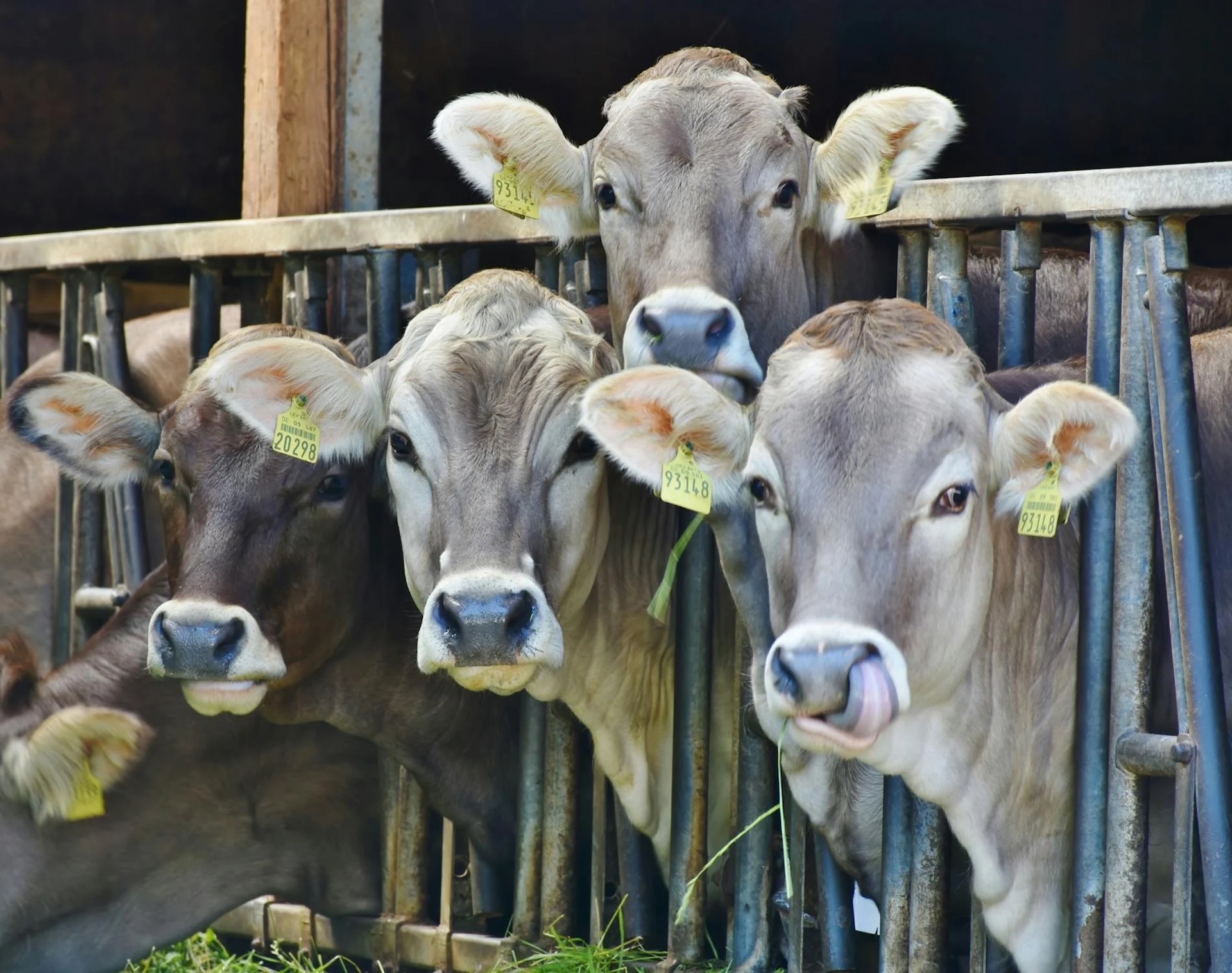
According to NPR, the typical Danish cow produced 6 metric tons (6.6. tons) of CO2 per year. The country, which is one of the largest dairy and pork exporters, will also tax pigs. The tax on pigs will be lower than that on cows due to the stark difference in emissions.
The 179-seat Folketing will approve the tax, and the bill is expected to pass with broad-based consensus.
Farmers Vs. Global Climate Crisis Solutions
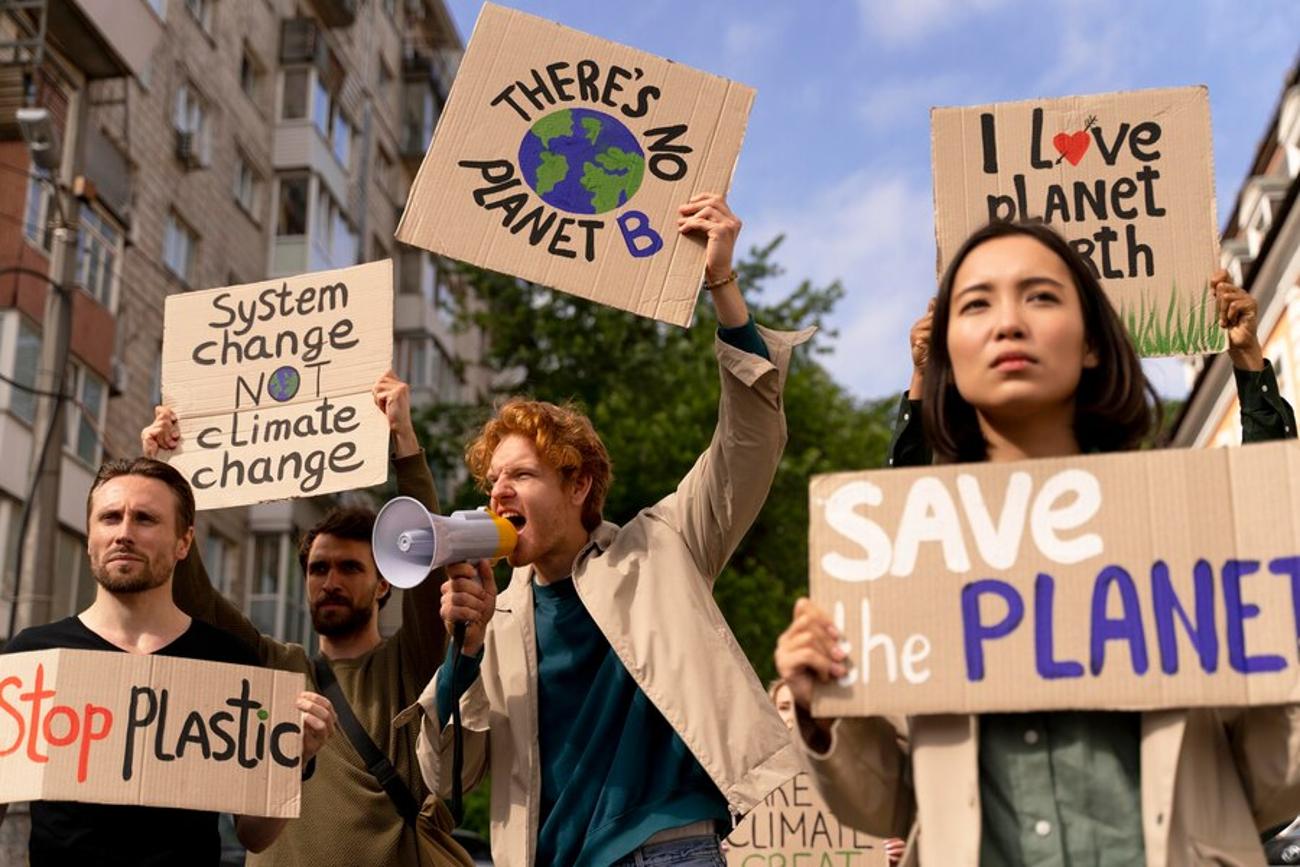
This move from Denmark comes after months of protests by farmers across Europe. These farmers protest against climate change mitigation measures and regulations put in place to help countries fight global warming.
However, these farmers state that these laws are costing them heavily, driving them toward bankruptcy and causing issues in the food supply chain.
Big Protest from Farmers
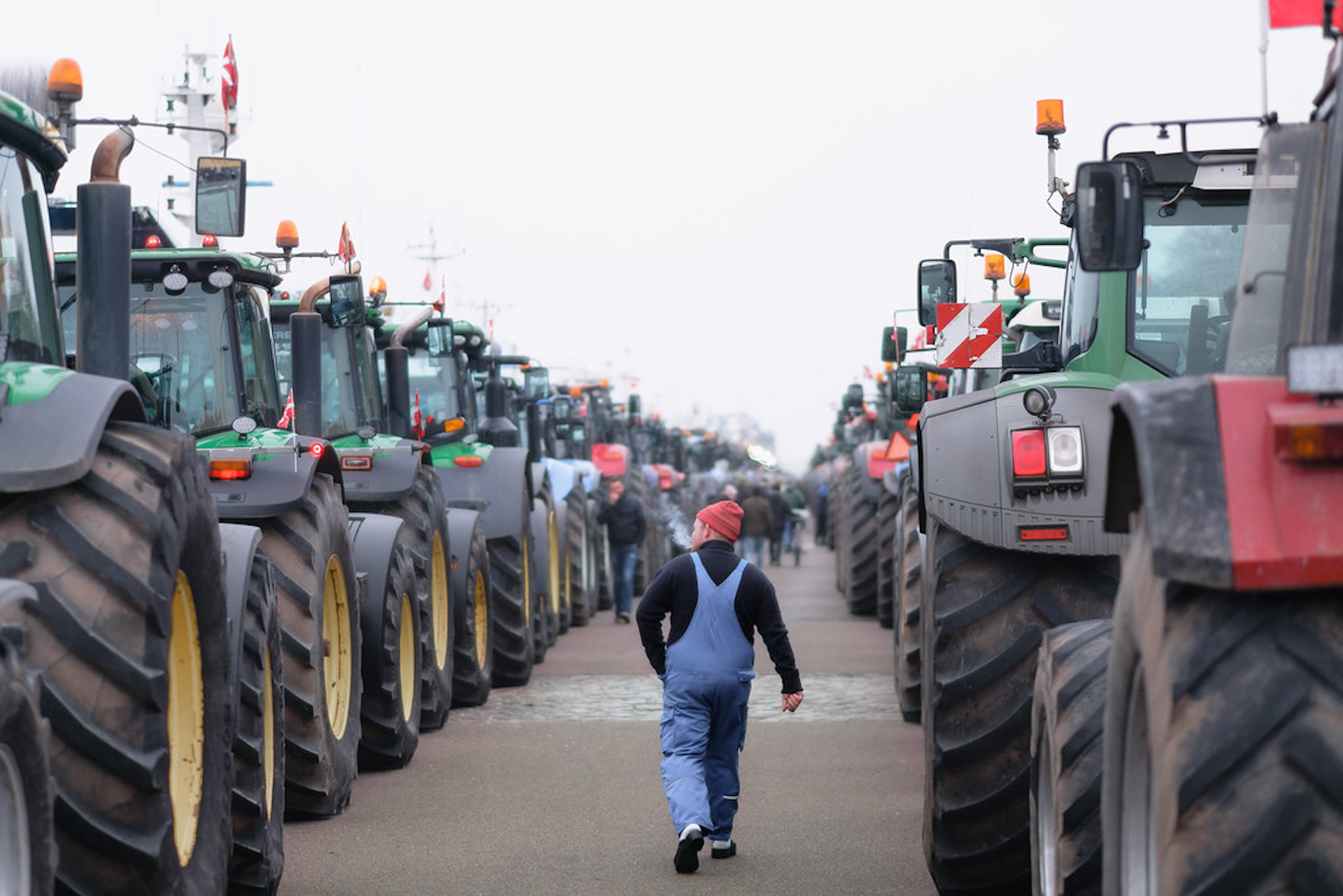
In March, protesting farms set fire to subway station entrances and attacked police with eggs outside the EU headquarters in Brussels. In France, protestors blocked highways leading to Paris while others tried to storm a government building.
While the farmers have not lost hope in democracy, they are tired of being over-regulated by the EU.
The Hardships of EU Farmers
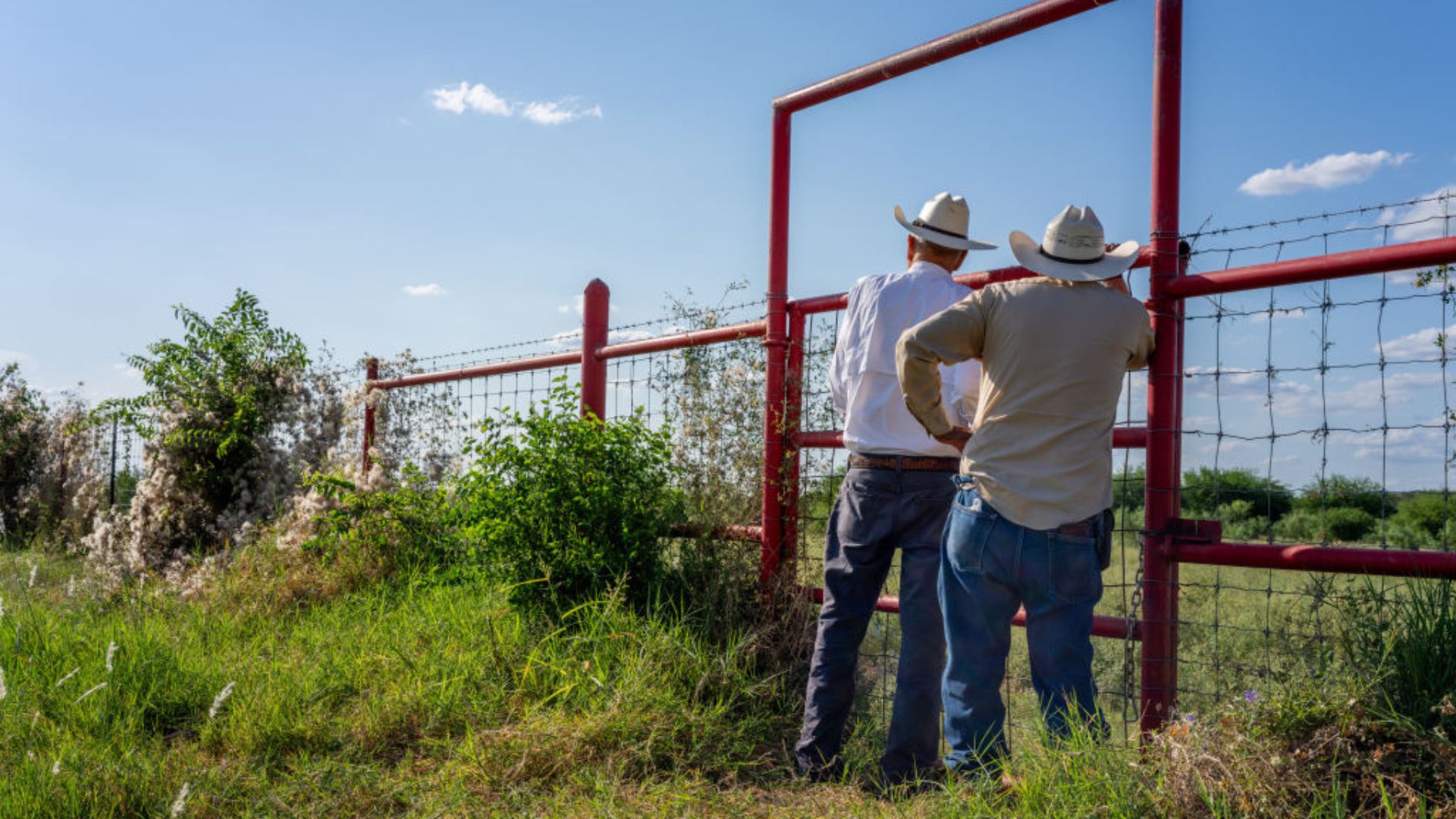
This regulation came after World War II caused famine to plague Europe. To promote food security, the EU stepped in and funded farmers with 50 billion euros a year.
However, these farmers still earn far less than non-farm workers. On top of that, most of the government support only goes to 20% of the 8.7 million farm workers, which means that most of them live near the poverty line.
Need for Relief
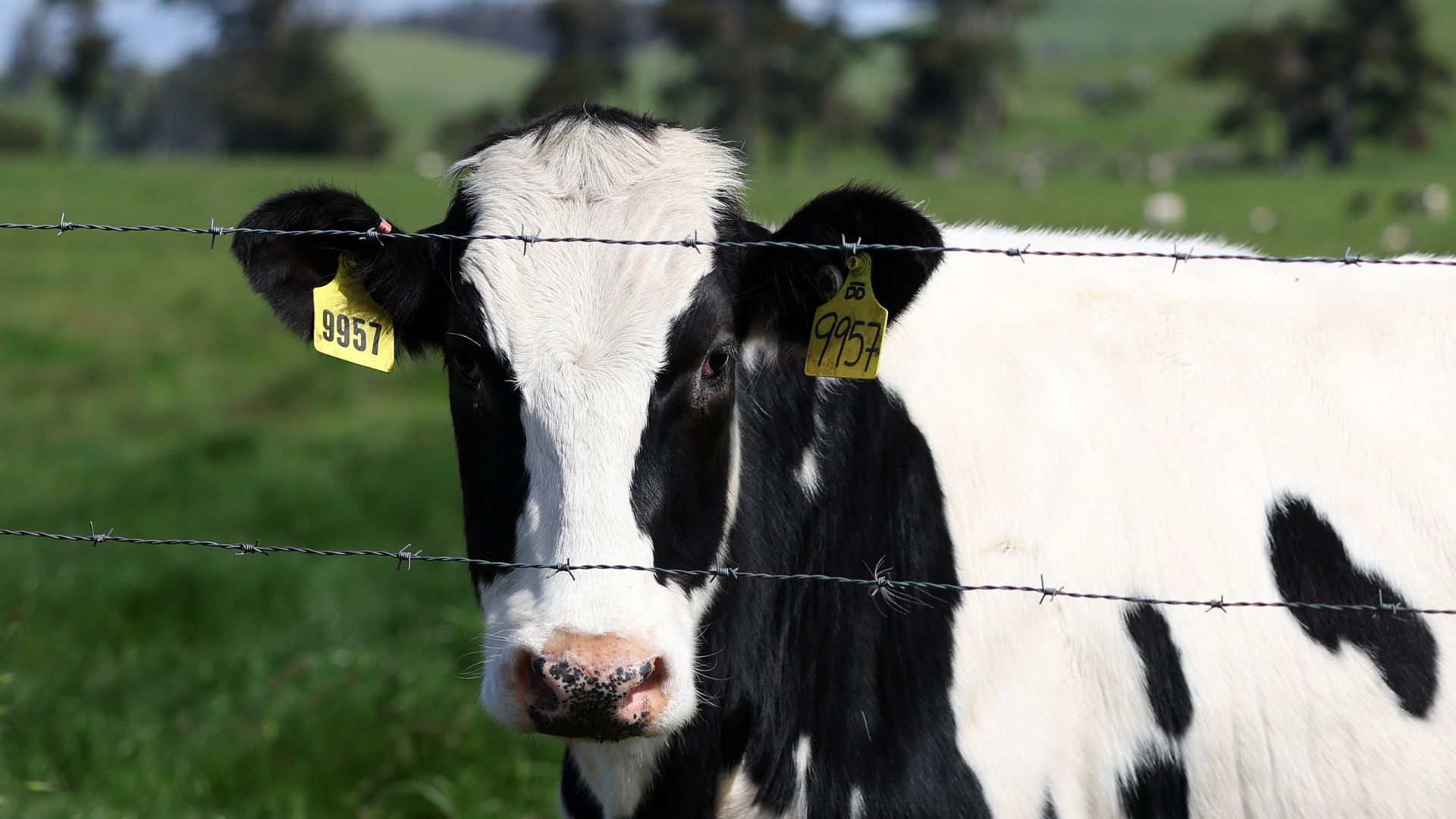
“The whole purpose of the tax is to get the sector to look for solutions to reduce emissions,” Concito’s chief economist Torsten Hasforth told CNN. For example, farmers could change the feed they use.
While the global food system contributes significantly to the climate crisis, producing around a third of greenhouse gas emissions, there could be other solutions that could benefit farmers as they face taxes on their livestock.








































